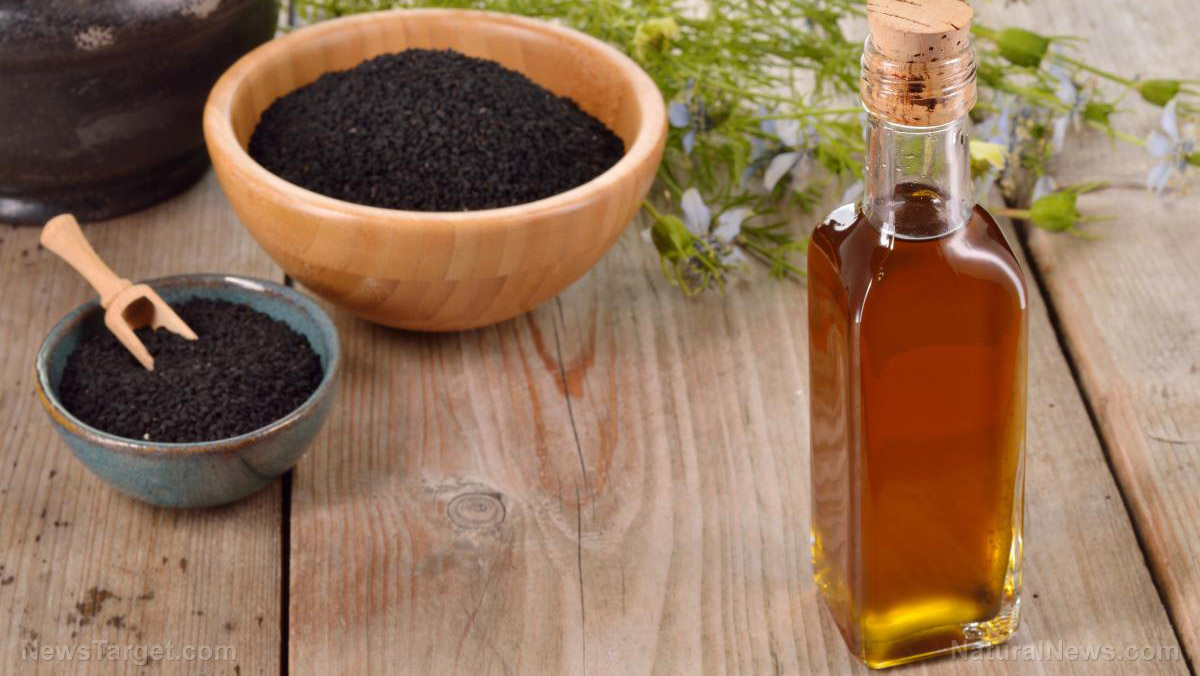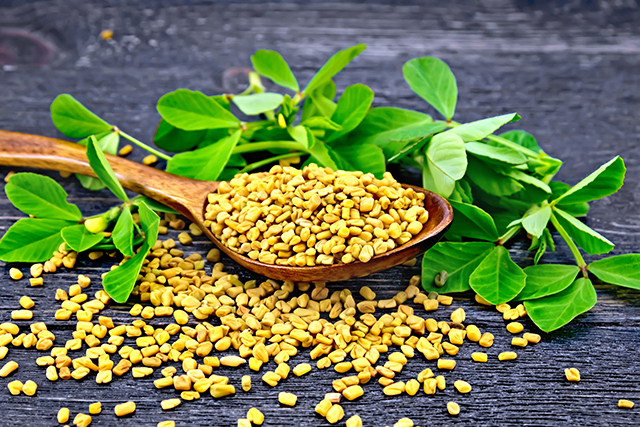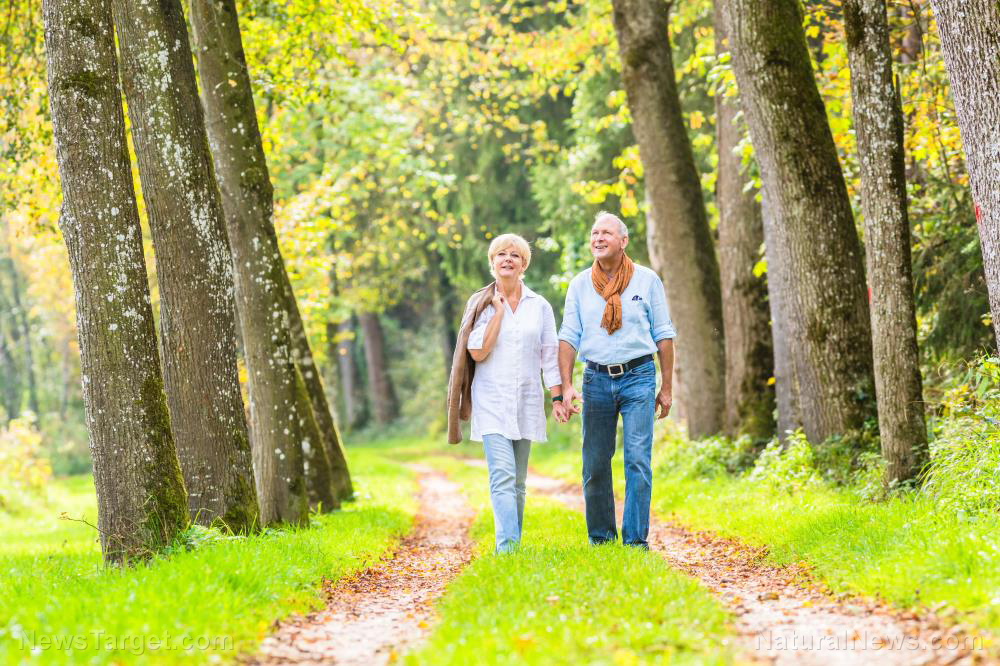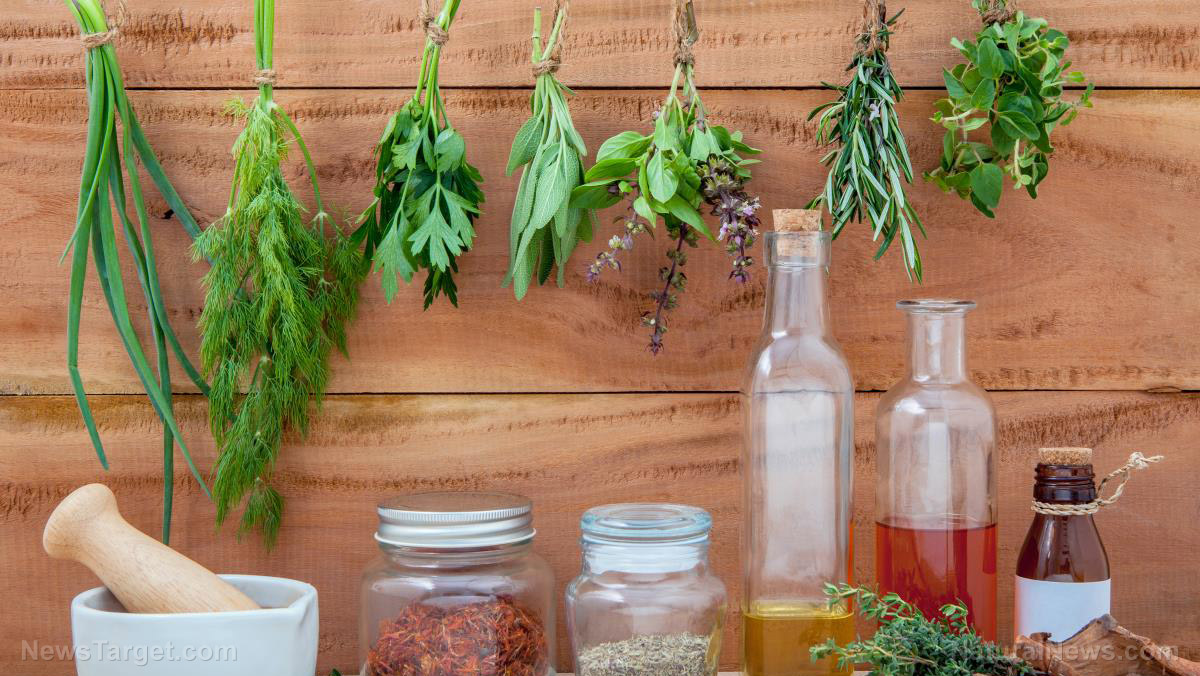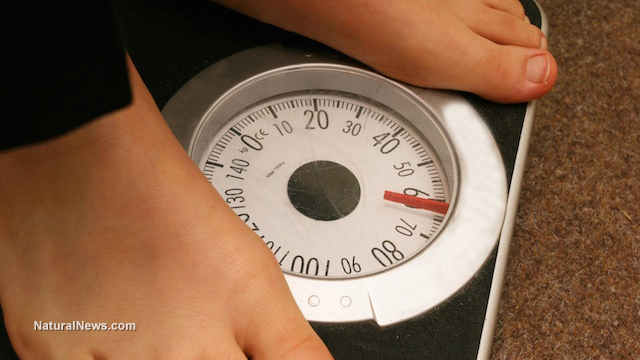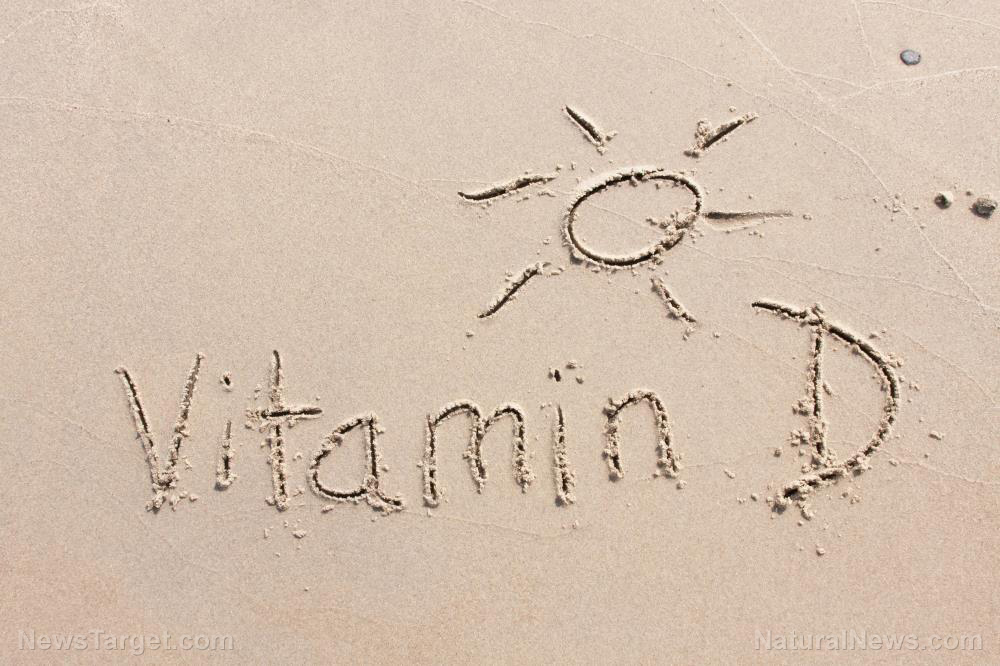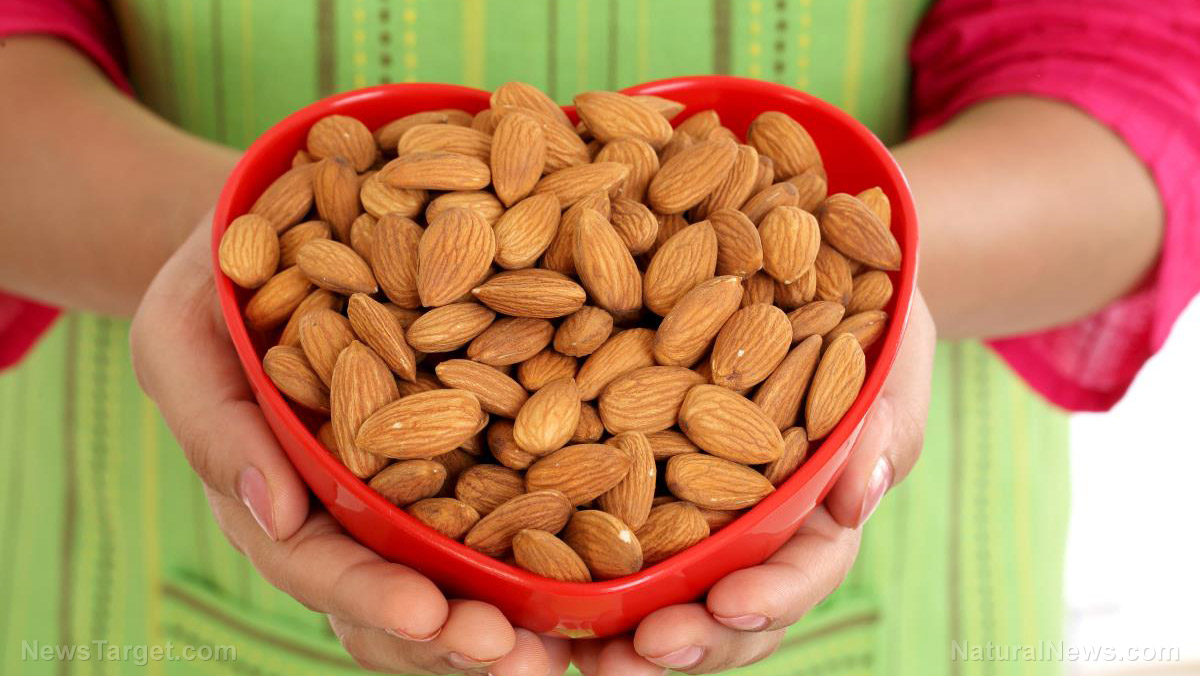Prevent osteoporosis and boost bone health with vitamin E
04/30/2020 / By Divina Ramirez

Vitamin E is usually touted as a skin-healthy micronutrient capable of reviving dull and dry skin. But this essential vitamin also plays a vital role in the prevention of osteoporosis later in life.
According to a recent study published in the American Journal of Clinical Nutrition, high levels of alpha-tocopherol, the form of vitamin E recognized to meet human nutritional requirements, can help minimize the likelihood of fractures and reduce the risk of developing osteoporosis in later years.
Osteoporosis: causes and risk factors
Every year, osteoporosis causes more than 8.9 million fractures worldwide, according to the International Osteoporosis Foundation (IOF). This bone disease tends to occur later in life, when the body is relatively weaker and more fragile.
Osteoporosis occurs more frequently in women due to the fact that women have smaller and thinner bones than men. The concentration of estrogen — the female sex hormone that protects bone density — suffers a sharp decrease when women reach menopausal age.
That being said, men are still at risk of osteoporosis to a certain degree. On average, they lose 0.5 percent of their bone mass every year after they hit 50. Certain factors like genetics and lifestyle choices may also increase the risk of developing osteoporosis. For instance, individuals with a family history of osteoporosis have a 50-85 percent risk of the disease. Meanwhile, individuals who smoke, drink too much coffee or lack adequate levels of vitamin D also have a heightened risk of osteoporosis. (Related: Falls, inactivity and lifestyle habits: 10 Risk factors that can increase osteoporosis risk.)
Currently, there is no definite cure for osteoporosis. For degenerative conditions that erode certain components of the body — in this case, bones — prevention and early intervention are extremely important.
Vitamin E can prevent bone loss
A team of researchers from Uppsala University in Sweden found evidence that vitamin E, in the form of alpha-tocopherol, can significantly reduce the risk of fractures in older men and women.
To establish the link between vitamin E levels and fracture risk, the researchers analyzed two cohort studies, namely, the 1987 Swedish Mammography Cohort (SMC), and the 1970 Uppsala Longitudinal Study of Adult Men (ULSAM). The SMC involved a total of 61,433 female participants while the ULSAM included 1,138 male participants.
After analyzing the participants’ dietary habits for 19 years, the researchers found that elderly men and women with low dietary intakes of alpha-tocopherol had higher rates of fracture than those with high alpha-tocopherol intakes. The risks of osteoporosis and sarcopenia, a syndrome characterized by the progressive loss of skeletal muscle mass and strength, was also similarly high in the elderly with low alpha-tocopherol intakes.
On the other hand, high levels of vitamin E were associated with improved physical abilities, which the researchers proposed was due to the vitamin’s antioxidant properties. Additionally, higher vitamin E intake was associated with improved bone mineral density and lean muscle mass. Overall, the findings suggest that adequate levels of vitamin E help protect against the onset of osteoporosis in later years.
Common food sources of vitamin E
There are several foods you can eat to boost your vitamin E intake. Here are 10 foods and their corresponding vitamin E content per 100-gram serving.
- Sunflower seeds – 35.17 milligrams (mg)
- Almonds – 25.63 mg
- Peanuts – 4.93 mg
- Wheat germ oil – 20.32 mg
- Avocados – 2.07 mg
- Spinach – 2.03 mg
- Swiss chard – 1.89 mg
- Butternut squash – 1.29 mg
- Beet greens – 1.81 mg
- Trout – 2.15 mg
Maintaining adequate levels of vitamin E can help minimize osteoporosis risk and prevent its onset in older adults. Eat a balanced diet rich in nutrients that support bone health, such as vitamins E and D, calcium, protein, magnesium, phosphorus and potassium, to avoid developing degenerative bone conditions later in life.
Sources include:
Submit a correction >>
Tagged Under:
aging, aging secrets, alpha tocopherol, anti-aging, bone density, bone health, disease treatments, food cures, food is medicine, functional foods, natural cures, natural medicine, nutrients, nutrition, prevention, remedies, research, vitamin E
This article may contain statements that reflect the opinion of the author
RECENT NEWS & ARTICLES
Natural.News is a fact-based public education website published by Natural News Features, LLC.
All content copyright © 2018 by Natural News Features, LLC.
Contact Us with Tips or Corrections
All trademarks, registered trademarks and servicemarks mentioned on this site are the property of their respective owners.





